Introduction to Eye-Safe Lasers
Eye-safe lasers are pivotal tools in various industrial, scientific, and military applications. Offering heightened safety parameters, they drastically reduce potential risks to the human eye. Despite their name, the application of such lasers requires proper handling and care to avert potential hazards.
Defining Eye-Safe Lasers
Eye-safe lasers, as the term suggests, are lasers specifically engineered to minimize the potential hazards to the human eye, a critical and delicate organ susceptible to various forms of damage. The defining characteristic of these lasers is their operational wavelength, which typically falls within the 1.4 to 2 micrometers range. This spectrum is often referred to as the “eye-safe” region due to the unique way in which the human eye responds to these particular wavelengths.
When a laser beam interacts with the human eye, the nature of the injury incurred depends significantly on the laser’s wavelength. Certain wavelengths are more readily absorbed by the cornea or the lens, while others penetrate further to the retina, the light-sensitive layer at the back of the eye. Lasers operating in the visible and near-infrared ranges, specifically between 400 nanometers and 1.4 micrometers, are most hazardous since the eye focuses these wavelengths onto the retina, increasing the risk of retinal damage. In contrast, wavelengths longer than 1.4 micrometers are less focused by the lens, reducing the likelihood of retinal injury.
Eye-safe lasers, therefore, present a more refined balance between utility and safety. They deliver the functional advantages that have made lasers an indispensable tool in myriad applications, such as telecommunications, scientific research, medical procedures, defense, and more, while significantly mitigating the associated eye safety risks. This critical safety feature is particularly advantageous in situations where laser use is widespread or in scenarios where inadvertent eye exposure is a real possibility.
However, it’s crucial to remember that the term “eye-safe” is relative and not absolute. While the risk of retinal injury is reduced with these lasers, they can still cause ocular damage, particularly at high power levels or with prolonged exposure. For instance, the longer wavelengths of eye-safe lasers can cause damage to the cornea or the lens due to absorption. Therefore, appropriate safety measures and guidelines should still be followed diligently when handling and operating these lasers.
Eye-safe lasers have opened up new avenues in several fields. For example, in LiDAR systems, which use lasers to measure distances and create detailed, high-resolution maps, eye-safe lasers enable safer operation in populated areas. Similarly, in the medical field, these lasers have enhanced the safety profile of various procedures, allowing doctors to perform delicate surgeries with less risk to the patient’s vision.
In conclusion, eye-safe lasers epitomize the advancements in laser technology geared towards increased safety without compromising utility. Their defining feature, operation within the 1.4 to 2 micrometers wavelength range, significantly reduces the risk of retinal injury. Yet, caution should always be exercised to prevent potential hazards associated with high power levels or prolonged exposure. Through their marriage of function and safety, eye-safe lasers have expanded the horizons of laser applications, creating opportunities for safer and more responsible use of this powerful technology.
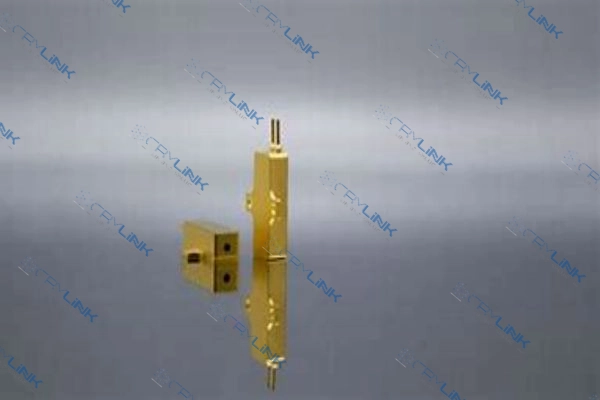
Benefits of Eye-Safe Lasers
Eye-safe lasers have ushered in a new era in laser technology by providing an unparalleled balance between the power of laser beams and safety considerations. Their introduction has had far-reaching impacts across diverse domains, ranging from telecommunications to defense, scientific research, and medical procedures.
The most notable advantage of these lasers, of course, lies in their safety profile. By operating at wavelengths that are less likely to cause retinal injury, these lasers drastically reduce the risk of accidental eye damage during operation, an essential feature considering the sensitivity of the human eye and the severe consequences of ocular injuries. This characteristic makes eye-safe lasers ideal for environments where laser usage is widespread, or where the risk of unintentional eye exposure is high.
Another advantage of eye-safe lasers is their capacity to minimize the requirement for protective gear. Traditional lasers, due to their potential risk to the eyes, necessitate the use of specific protective eyewear to shield the operator’s eyes from accidental exposure. However, eye-safe lasers, by virtue of their safe operational wavelength, largely negate this requirement. This simplification not only reduces associated costs but also allows for a more comfortable and less obstructed user experience, enhancing productivity and efficiency in various applications.
Moreover, the safety characteristics of eye-safe lasers have led to a significant expansion in the breadth and depth of laser applications. For instance, in atmospheric sensing and remote sensing applications, eye-safe lasers have allowed for the collection of data with minimal risk to humans or wildlife. Similarly, free-space optical communication systems, which rely on lasers to transmit data across open air, have greatly benefited from eye-safe technology. These lasers have reduced safety hazards associated with such systems, facilitating their deployment in populated or environmentally sensitive areas.
The use of eye-safe lasers in medical procedures, particularly those involving the eyes, has been revolutionary. These lasers have enhanced the safety of delicate surgeries, making it possible to perform intricate operations with significantly reduced risks to patients’ vision. Furthermore, the specific absorption characteristics of eye-safe lasers have been leveraged in medical applications to target and treat specific tissues without damaging the surrounding areas.
In defense and security operations, eye-safe lasers play a crucial role in ranging and target designation systems, as well as in non-lethal deterrent systems. Their deployment ensures the safety of operators and bystanders, reducing the risk of accidental injuries.
Eye-safe lasers also possess significant potential for future technological advancements. Their inherent safety characteristics could enable the development of new applications that were previously untenable due to safety concerns. Areas such as autonomous vehicle technology, high-precision industrial processes, and advanced medical treatments could all see significant innovation fueled by the capabilities of eye-safe lasers.
In summary, the benefits of eye-safe lasers extend well beyond their improved safety profile. They have facilitated a simplification of protective requirements, opened up new avenues for laser applications, revolutionized medical procedures, and hold the promise of further technological advancements in the future. The amalgamation of these benefits underscores the transformative impact eye-safe lasers have had and will continue to have across various fields of human endeavor.
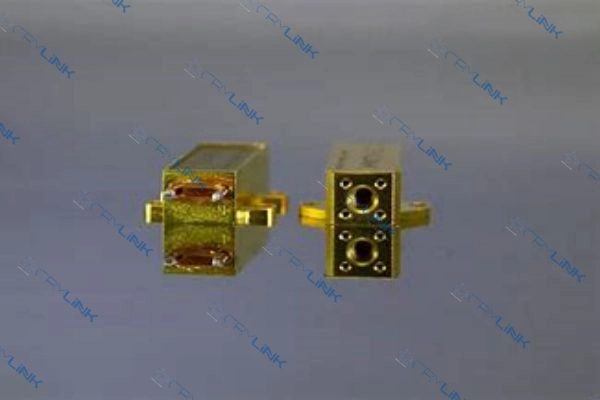
Potential Risks Associated with Eye-Safe Lasers
Despite the significant strides in safety that eye-safe lasers have brought about, they are not without their risks. Even though these lasers operate at wavelengths that are less likely to cause retinal injury, they are not entirely harmless. Improper handling and misuse can still lead to potential harm, including eye injuries.
One of the primary risks associated with eye-safe lasers is the incorrect assumption that they are entirely safe. Because they are classified as ‘eye-safe,’ there can be a tendency to become complacent with safety measures. Users might neglect to use appropriate protective equipment, or disregard safety protocols, increasing the risk of accidental exposure.
This risk is especially potent during high-power or high-intensity laser operations. Even though the wavelength is in the eye-safe region, exposure to high-intensity laser beams can cause thermal injuries. Depending on the laser’s power and exposure duration, these injuries can range from minor discomfort to significant eye damage.
Furthermore, while eye-safe lasers are designed to reduce the risk of retinal damage, they can still potentially cause harm to other parts of the eye. For instance, certain eye-safe lasers can cause injury to the cornea or the lens, particularly if the exposure is prolonged or the laser power is high.
Another potential risk comes from lasers designed to be eye-safe under specific operating conditions. Changes to these conditions, such as increasing the laser power or modifying the beam’s focus, can shift the laser’s output into non-eye-safe regions. Users who are unaware of this risk could unintentionally expose themselves to hazardous laser radiation.
Finally, improper maintenance and calibration of eye-safe lasers can also pose risks. Over time, components can degrade or drift out of alignment, potentially altering the laser’s output characteristics. Regular maintenance and calibration are vital to ensure that the laser continues to operate within the eye-safe region.
While eye-safe lasers have significantly improved the safety profile of laser technologies, it is important to remember that they are not completely risk-free. Proper usage, adherence to safety protocols, regular maintenance, and a healthy respect for the power of lasers are all critical in ensuring safe operation.
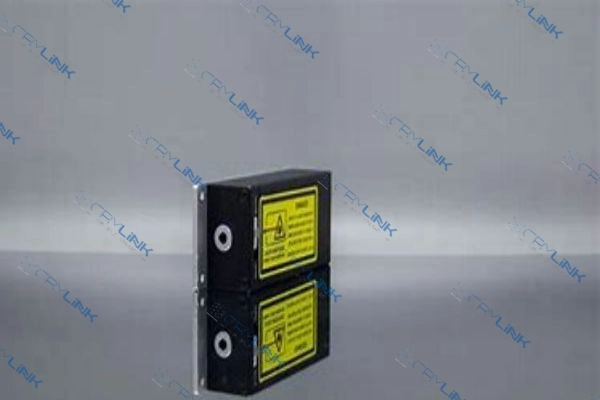
Common Gain Media in Eye-Safe Lasers
Holmium-Doped Gain Media
Holmium-doped gain media, with Holmium-YAG (Ho:YAG) being a notable example, are another key category of eye-safe gain media that operate effectively within the eye-safe wavelength range. Emitting radiation around 2.1 micrometers, these gain media are well suited for applications demanding high precision and safety. Holmium-doped materials provide robust performance and emit a high-quality beam, making them a favored choice in numerous applications, particularly within the medical field.
This is largely attributed to their high absorption coefficient in water, a feature that aligns perfectly with human tissue’s predominantly water-based composition. This high absorption allows for precise energy delivery to the target tissue during medical procedures, minimizing collateral damage to surrounding tissues, an aspect of paramount importance in delicate surgeries and treatments. Additionally, the Ho:YAG’s eye-safe radiation further enhances the safety of medical procedures, mitigating potential ocular hazards for both medical staff and patients.
Consequently, Holmium-doped materials have been instrumental in transforming numerous medical applications, bringing about improvements in safety, precision, and outcomes. These advancements have reaffirmed the value of Ho:YAG and other Holmium-doped materials in the eye-safe laser landscape, promising continued utility and impact in the future.
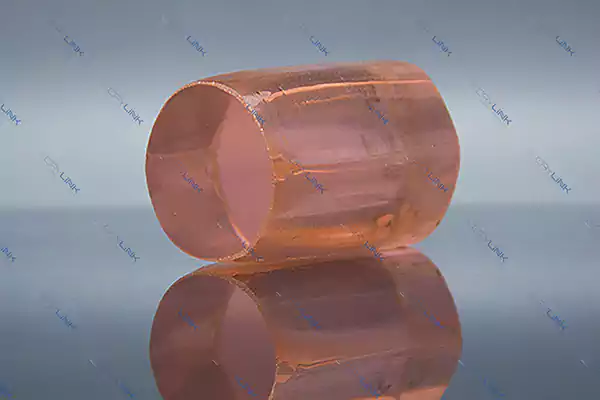
Thulium-Doped Gain Media
Thulium-doped materials, including Thulium-YAG (Tm:YAG), are an integral part of the eye-safe gain media family, owing to their operational wavelength around 2 micrometers, which falls well within the eye-safe range. This ensures reduced risk of retinal damage, offering a safer alternative for various applications. Beyond the safety aspect, Thulium-doped gain media also stand out due to their high efficiency.
They can deliver high output power with minimal input energy, making them an energy-efficient choice for laser systems. This efficiency, coupled with their eye-safe radiation, makes Thulium-doped materials a preferred choice for applications like remote sensing and laser radar systems. In remote sensing, these materials enable the generation of high-resolution data, while minimizing potential risks to humans and the environment.
In laser radar systems, their high efficiency and eye-safe characteristics contribute to reliable and safe distance measurement, speed calculation, or object detection. Thulium-doped materials like Tm:YAG thus offer a compelling combination of safety, efficiency, and utility, making them a significant player in the development and advancement of eye-safe laser technology. As advancements continue to be made in laser applications, Thulium-doped materials are likely to find even broader application, reinforcing their value and relevance in this critical field.
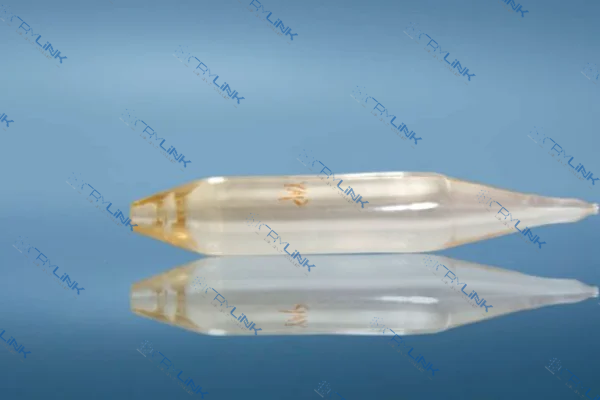
Comparing the Advantages and Disadvantages of Various Gain Media
Holmium-Doped Gain Media
Advantages: Holmium-doped gain media offer excellent performance in the medical field due to their high absorption coefficient in water. This allows for precise energy delivery to the target tissue, reducing the potential damage to surrounding areas.
Disadvantages: However, their specific absorption characteristics may limit their application in non-medical fields. Plus, the operational wavelength of Holmium-doped materials is higher than the optimum telecommunications window, which might limit their use in these applications.
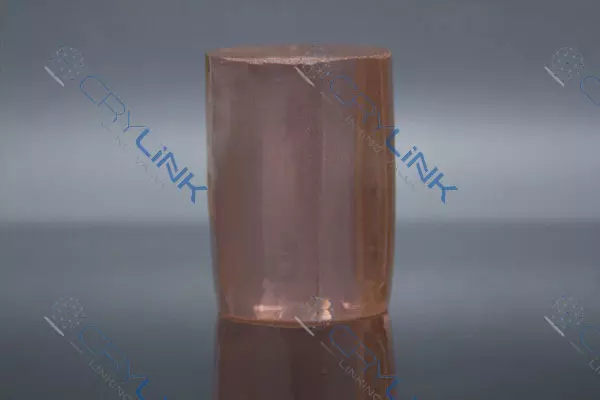
Thulium-Doped Gain Media
Advantages: Thulium-doped materials are highly efficient, delivering high output power with minimal input energy. Their operational wavelength ensures safety, making them suitable for applications like remote sensing and laser radar systems.
Disadvantages: Despite these benefits, the operational wavelength of Thulium-doped materials is still higher than the ideal telecommunications window, similar to Holmium-doped materials. This could limit their use in telecommunications applications.
Final Thoughts on Eye-Safe Lasers and Gain Media
In conclusion, eye-safe lasers and their corresponding gain media represent a significant advancement in laser technology. By understanding the functionality, benefits, potential risks, and common types of gain media, users can safely and effectively employ these tools in a variety of applications. However, the key to realizing the full potential of these technologies lies in comprehensive knowledge and cautious handling.
Frequently Asked Questions (FAQs)
- 1. What is an eye-safe laser?
- Eye-safe lasers are lasers that operate at wavelengths not easily focused by the human eye, typically within the range of 1.4 to 2 micrometers.
- 2. Are eye-safe lasers completely safe for the eyes?
- While eye-safe lasers are safer, improper handling can still pose dangers, such as thermal injuries or accidental beam direction into the eye.
- 3. What is gain media in lasers?
- Gain media is a material, often made up of ions in a solid, liquid, or gaseous host, that amplifies the light signal in a laser.
- 4. What are some common types of gain media used in eye-safe lasers?
- Common types of gain media used in eye-safe lasers include Erbium-doped, Holmium-doped, and Thulium-doped materials.
- 5. What factors should be considered when choosing gain media for eye-safe lasers?
- Considerations when choosing gain media for eye-safe lasers include the desired output wavelength, efficiency, operating conditions, cost, and specific application requirements.

Frank
Frank graduated from the University of Shanghai for Science and Technology, majoring in optics. As a technical engineer at Crylink Company, he deeply understands crystal materials and laser components.
Related Video(s) with this Article
Related Product(s) with this Article
Related Application(s) with this Article
